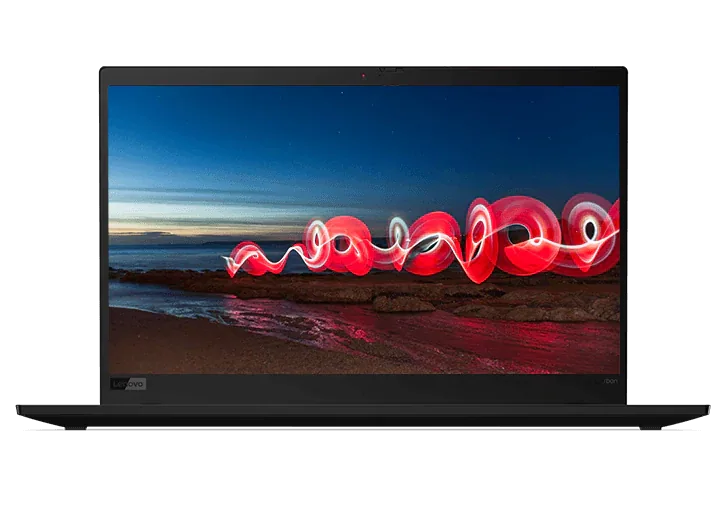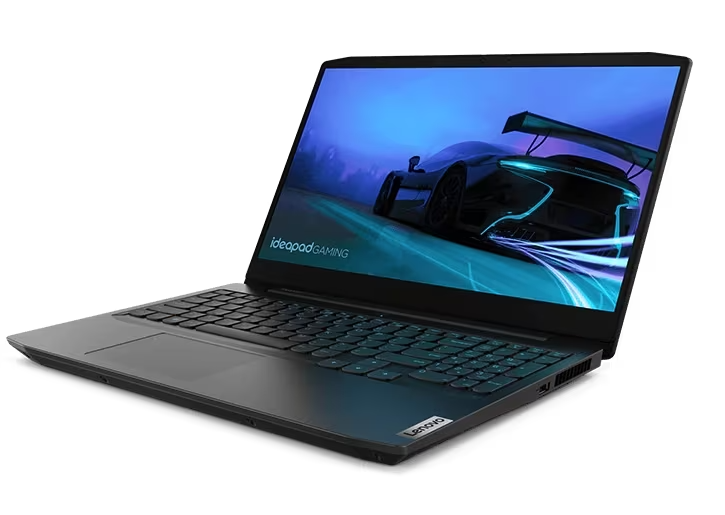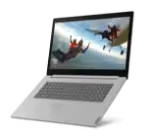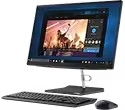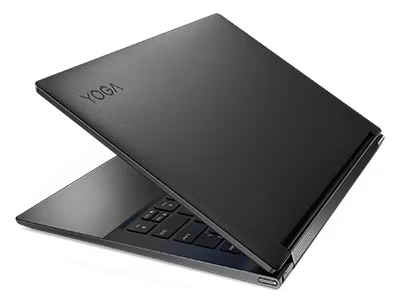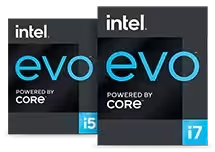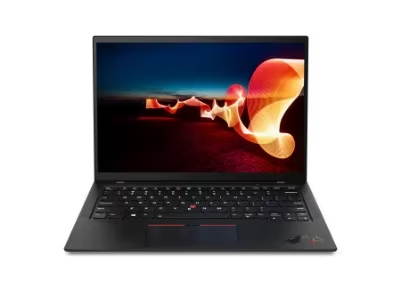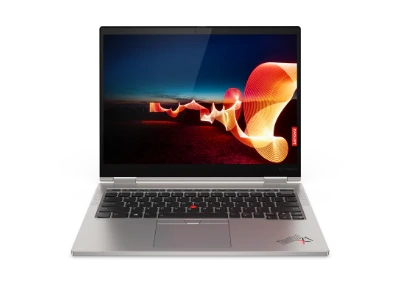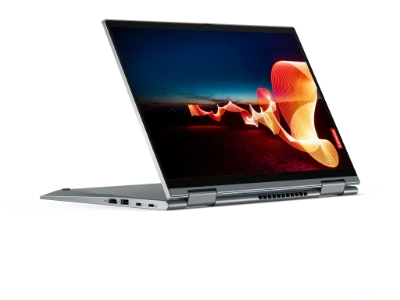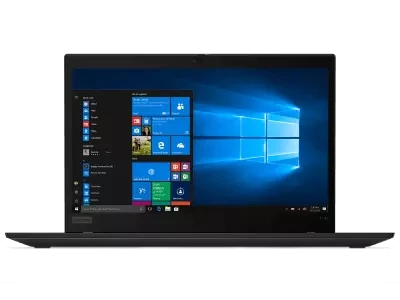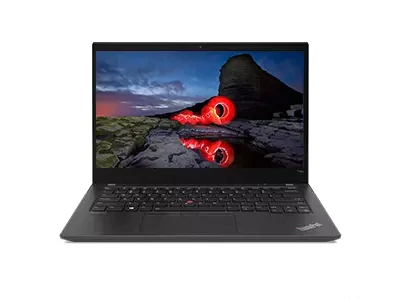What is Multi-Touch technology?
Multi-Touch technology works with TrackPads (or TouchPads) and touch-screen interfaces, like those found on laptops, smartphones and tablets. It allows users to interact with their devices in a multitude of ways, by expanding the number of interface options. Rather than simply swipe and tap, Multi-Touch allows for zooming, scrolling, selecting, and more. It is designed to provide touch-screen interfaces with the same sort of flexibility and usability that a traditional mouse and keyboard provide, while also providing for a more intuitive and seamless user experience.
Examples of Multi-Touch
Examples of Multi-Touch technology in practice include smartphones, tablets, touch tables and walls (like those found in museum exhibits and commercial spaces), and laptops with TrackPads. All of these devices allow for individuals to interact with them in different ways, thanks to Multi-Touch technology. For example, you can zoom in or out by pinching or expanding two fingers across a touch screen or TrackPad. This is the nature of Multi-Touch technology – different hand gestures result in different functions.
Lenovo's ThinkPad Series of laptops features Multi-Touch technology throughout the range for ease of use, more efficient and effective controls, and a more rewarding user experience. With a minimal learning curve required to master the interface, the TrackPad is an incredibly powerful interface device that makes your laptop as potent and useful a machine as a desktop computer.
How does Multi-Touch work?
Multi-Touch technology works with touch-screen and TrackPad interfaces. Both of these surfaces are able to measure and respond to pressure through the use of a pressure-sensitive panel carrying an electrical charge. Where a pressure is applied, the electrical charge is disrupted, which is read by the computer as an input. This input is then translated to a corresponding motion or function by the device's software. Multi-Touch technology allows these panels to read and interpret multiple pressure points, including gestures, at the same time.
Future of Multi-Touch
As touch-screen interfaces become more commonplace, we can expect more and more uses to be realized from this technology. Already, Multi-Touch technology allows users to swipe, scroll, select, zoom in, zoom out, and move a cursor about. In the future, you may be able to manipulate objects that were once static and 2D in a 3D realm. Alternatively, you may be able to rotate objects, flip them over or manipulate them in other ways, through a simple hand gesture. The hardware is there – all that's left is for the technology to ignite the minds of inventors around the world to create clever new uses.
